3 Tips to Take Care of Your Dog During a Pandemic
Your dogs dream has come true. You are stuck at home. There is no waiting at the door for 9 hours watching the handle for your return. However, following the protocol for social distancing and/or isolation may interfere with your dogs plans for all your quality time together. Keep the following tips in mind as we go through these trying times. Always check current guidelines to stay updated.
Ensure Your Dog Is Getting Adequate Physical and Mental Activity
If it is safe to do so and falls under the current protocols, you can still walk your dog if you follow the recommended social distancing measures. Wash your hands thoroughly before and after your walk and ensure you or your dog don’t encounter other people. Although it appears that dogs can’t catch the current coronavirus, if we are unknowingly carrying the virus and pet our dog, someone else who decides to pet your dog could pick it up. If you do go out walking, avoid high traffic areas and keep away from dog parks at this time.
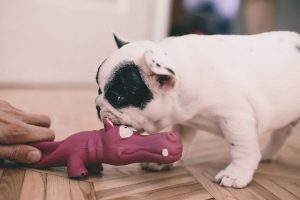
Keep in mind that mental stimulation is just as important. Take this time to spend extra time playing games with your dog in the house. Hide treats (in moderation) for a scavenger hunt, play tug a war and enjoy those extra snuggles.
Keep Eating Habits and Mealtimes on Routine

Like most humans, dogs thrive on routine. Keeping their food and meals on your typical routine will give them the feeling of security and predictability. All our routines have been disrupted, so ensuring your keep your dogs on as much of a routine as possible with help them cope with the ongoing changes. Try not to give your dog too many treats while you’re at home, keeping them in optimal health will help all of you get through these times.
Supplies
As you have seen in the media there has been an unfortunate frantic frenzy to stock up on supplies for everyone. You do not need to rush to Costco and buy every bag of dog food on the floor. Ensuring you always have a two-week supply is a good measure to abide to. It is crucial that you have sufficient prescriptive medication for your pets along with any preventative medication (flea, tick and heart-worm medications) to keep your pet healthy during this time.

It is well known the benefit pets can have on our overall well-being. Enjoy that unconditional love of your pets right now, it is precious. Keep an eye on our Facebook page for updates and current protocols on the services we are continuing to offer, such as dog walking, daycare and grooming for dogs.
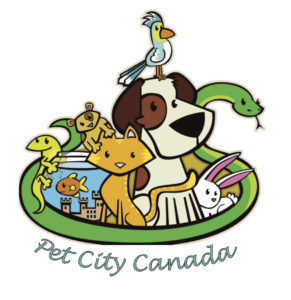
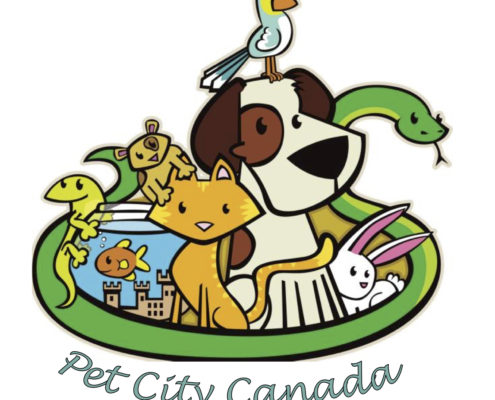
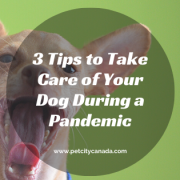
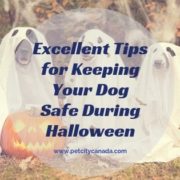
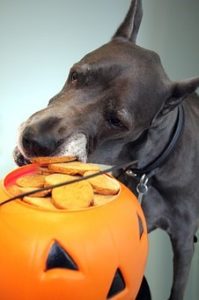


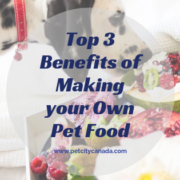
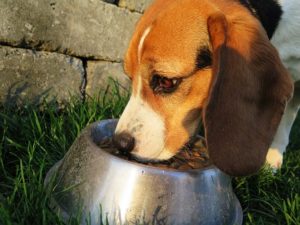


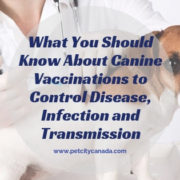
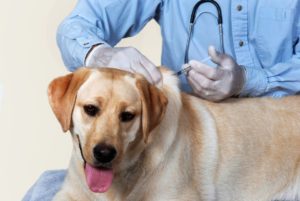
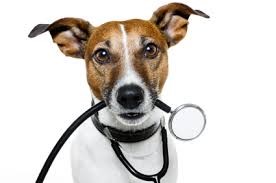 The types of symptoms your dog experiences are dependent on the illness they have contracted. A wide range of symptoms are gastrointestinal upset, lethargy, weight loss, decreased appetite, vomiting, fever, cough, bloody diarrhea, dehydration, hair loss, pain, muscle weakness, and difficulty breathing, and possible death. Always seek the advice of a Veterinarian if your dog has any of these symptoms.
The types of symptoms your dog experiences are dependent on the illness they have contracted. A wide range of symptoms are gastrointestinal upset, lethargy, weight loss, decreased appetite, vomiting, fever, cough, bloody diarrhea, dehydration, hair loss, pain, muscle weakness, and difficulty breathing, and possible death. Always seek the advice of a Veterinarian if your dog has any of these symptoms.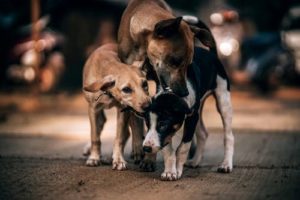
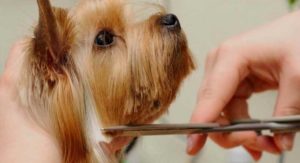


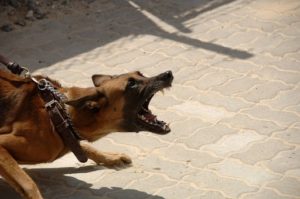

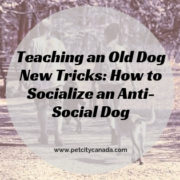
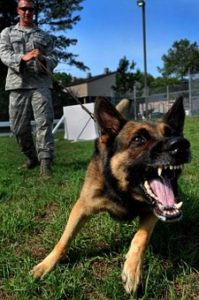
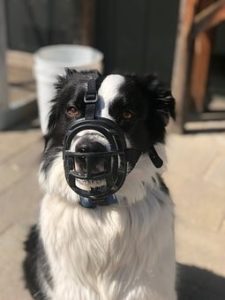
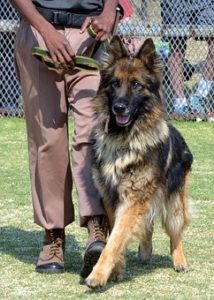
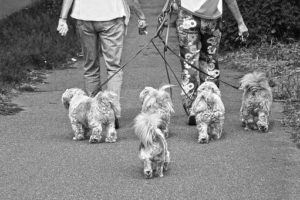 Dogs are usually social, pack animals and learn from watching other animals in the group. Exposure is crucial in keeping your dog healthy and social.
Dogs are usually social, pack animals and learn from watching other animals in the group. Exposure is crucial in keeping your dog healthy and social.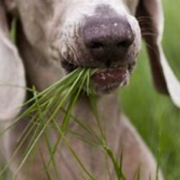
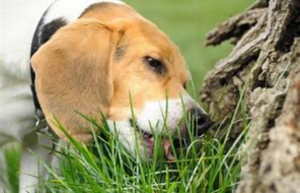 Studies showthat less than 25% of dogs’ vomit after digesting grass. A review of published studies can’t conclude a one single reason as to why dogs ‘graze on grass’. So what brings on this canine behaviour? Some research suggests that a dog may have stomach upset, gas, and/or bloating, therefore eats grass to induce vomiting, and then feels better afterwards.
Studies showthat less than 25% of dogs’ vomit after digesting grass. A review of published studies can’t conclude a one single reason as to why dogs ‘graze on grass’. So what brings on this canine behaviour? Some research suggests that a dog may have stomach upset, gas, and/or bloating, therefore eats grass to induce vomiting, and then feels better afterwards.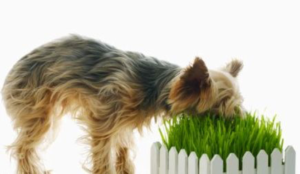
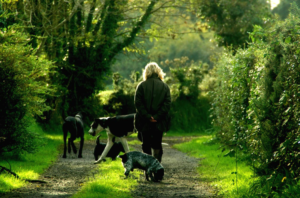 Wether your canine eats grass and vomits or not, she should be on a Veterinarian approved nutritional diet plus a regular parasite control program. If you are unable spend time with your dog outdoors or unfamiliar with the area, please contact
Wether your canine eats grass and vomits or not, she should be on a Veterinarian approved nutritional diet plus a regular parasite control program. If you are unable spend time with your dog outdoors or unfamiliar with the area, please contact 
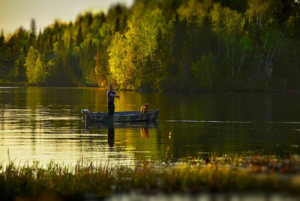
 travel dog water bowls and bottles available.
travel dog water bowls and bottles available. It isn’t always convenient traveling long distances with your pets or maybe your relatives aren’t able to accommodate your furry friends. If this is the case for you, consider leaving your pet in a dog boarding kennel or have a bonded, reliable member of our Pet City Canada team care for your pet in your home for your next vacation!
It isn’t always convenient traveling long distances with your pets or maybe your relatives aren’t able to accommodate your furry friends. If this is the case for you, consider leaving your pet in a dog boarding kennel or have a bonded, reliable member of our Pet City Canada team care for your pet in your home for your next vacation!